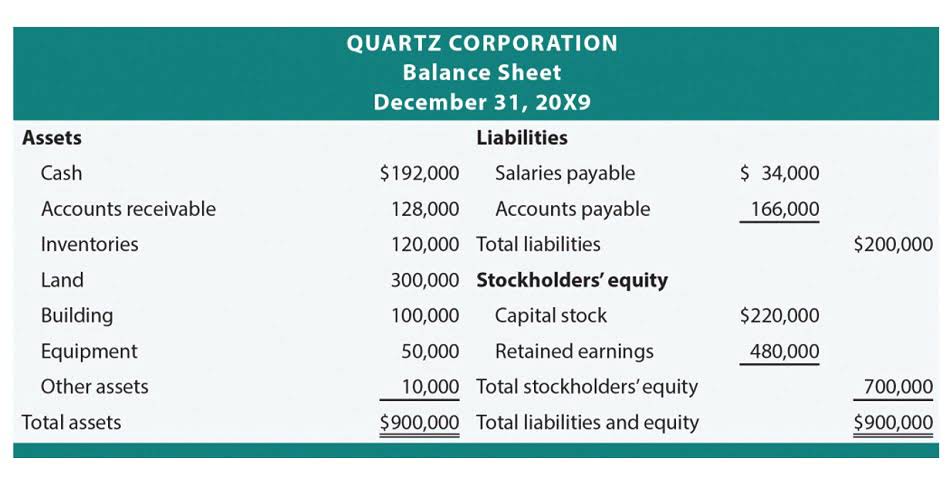Historical cost: How it works, benefits and limitations

It provides a reliable basis for financial reporting, enabling investors, creditors, and other stakeholders to make informed decisions. By following the Cost Principle, businesses can avoid overstatement of assets and income, accurately calculate depreciation and impairment, and provide a truthful representation of their financial position. Despite these developments, the historical cost principle remains relevant and valuable in certain situations, particularly for non-current assets such as property, plant, and equipment. It provides a reliable and objective basis for accounting and helps ensure that financial statements are consistent and comparable over time. Another cost principle exception to the historical cost principle is the revaluation of property, plant, and equipment. In some cases, companies may choose to revalue their assets to reflect changes in their market value over time.

Understating Asset Values:
In the same manner, Jerry had inventory worth $10,000 in their storage facility. It could no longer be sold for the price that would have been paid if the inventory was in proper condition. However, due to the global shortage of steel, the prices of machinery increased to $300,000 in 2020.
Benefits of historical cost accounting
The straight-line method of depreciation, one of the most commonly used approaches, benefits from the historical cost principle’s stability. By dividing the asset’s cost evenly over its useful life, companies can predict and plan for consistent depreciation expenses. This predictability aids in budgeting and financial planning, providing a clear picture of future financial obligations.

Examples of Cost Principle in Accounting
Generally Accepted Accounting Principles (GAAP) are a set of accounting and financial reporting standards used by companies in the United States when they prepare their financial statements. GAAP and are issued and revised by the Financial Accounting Standard Board (FASB) and the Government Accounting Standard Board (GASB). Securities and Exchange Commission (SEC), all companies in the United States must use GAAP in their financial reporting to maintain their stock exchange listing. The historic cost principle is part of GAAP, along with some other principles such as prudence (conservatism), revenue realisation principle, and matching principle.
- While the cost principle is a widely accepted accounting convention, it has limitations and criticisms.
- Nevertheless, valuation is the base for all the transactions, business analysis, and mergers and acquisitions deals.
- Historical cost accounting also ensures that financial statements are objective, verifiable, and reliable, providing investors and analysts with a transparent view of the company’s financial position.
- Generally Accepted Accounting Principles (GAAP) are a set of accounting and financial reporting standards used by companies in the United States when they prepare their financial statements.
- By recording the actual purchase price of an asset, this principle prevents overvaluation and allows for easier retrieval of pricing information.
- As with any accounting principle, its application should be considered in the context of specific business circumstances and industry practices.
- Using the historical cost principle helps preserve the integrity of financial statements over time, as assets and liabilities are valued consistently and objectively.
The historical cost principle has been a fundamental accounting principle for decades. Still, it has been criticized for its limitations in reflecting the true economic value of assets and liabilities. As a result, several alternatives to the historical cost principle have been developed to provide a more accurate picture of a company’s financial position.

Facilitates the preparation of financial statements – Advantages of Historical Cost Principle
It ensures that all the information being displayed on a company’s financial statements regarding the value of any asset, equity, or liability reflects the reality of Keep Records for Small Business the underlying transactions. Historical cost meaning follows the conservative accounting concept and necessitates some modifications over time. Given the wear and tear expenses involved with long-term assets due to their use, the original price of those assets is recognized as depreciation expense. As a result of this depreciation expense, the asset’s recorded value decreases throughout its useful life.
Does the Historical Cost Principle Apply to Intangible Assets?

On his invoicing software, he marked the expense as an asset and inputted the details for straight-line depreciation because the machine will lose value over time. He estimates a useful life of 10 years and after that, the machine will be worth £3,000. ‘Original cost’ refers to the initial cost of the asset at the time it was purchased, plus any costs required to get the asset fit-for-purpose. It is a key feature of accounting and bookkeeping, as outlined by the cost principle. The fair value principle, also referred to as mark-to-market income summary practice, varies with market fluctuations. An asset’s market value reflects the potential cash flow that could be generated in the future through prospective sales.
- The annual depreciation charge is recorded against the asset’s historical cost, reducing its net book value over time.
- This is because the original cost does not factor in inflation, which is essential in estimating the cost of replacing fixed assets.
- For example, if a company has investments in stocks and bonds, they may use fair value accounting to measure the value of these investments based on current market prices.
- The principle also applies in cases where companies purchase inventory, as it allows them to record the cost of goods sold accurately.
- Despite the emergence of alternative accounting methods, such as fair value accounting and replacement cost accounting, the historical cost principle has remained a fundamental concept in accounting practices.
Can historical cost accounting impact a company’s tax liabilities?
The practice maintains a degree of transparency by ensuring that reported values do not artificially inflate profitability or equity positions. In accounting, it is necessary to record the actual acquisition costs of assets, liabilities, and equities in balance sheets. Regardless of any subsequent appreciation, the original price of the asset remains the same, and therefore, differs from its current market value.
- – Bill’s investment firm purchases several pieces of property in Brazil as an investment.
- A long-term asset that will be used in a business (other than land) will be depreciated based on its cost.
- The historic cost principle is part of GAAP, along with some other principles such as prudence (conservatism), revenue realisation principle, and matching principle.
- However, they are not bound to do so as they can maintain the asset’s current value in their accounting records.
- However, many stakeholders have expressed concerns about the reliability of fair value measurements and the potential for volatility in financial statements.
- The historical cost principle promotes consistency in accounting by requiring that assets and liabilities be valued at their original cost.
It ensures consistency and comparability of financial statements over time by eliminating the subjective estimation of an asset’s current market value. This approach helps in making informed decisions based on past transactions and guarding against potential manipulation of asset valuations that could misrepresent a company’s financial performance and position. However, the historical cost principle can also lead to discrepancies in depreciation during periods of significant inflation or technological advancement. Assets purchased at lower historical costs may have depreciation expenses that do not reflect their current replacement costs or market values. This can result in understated expenses and overstated profits, potentially misleading stakeholders about the company’s true financial performance. In conclusion, understanding both the advantages and limitations of historical cost accounting is crucial when evaluating a company’s financial statements.
